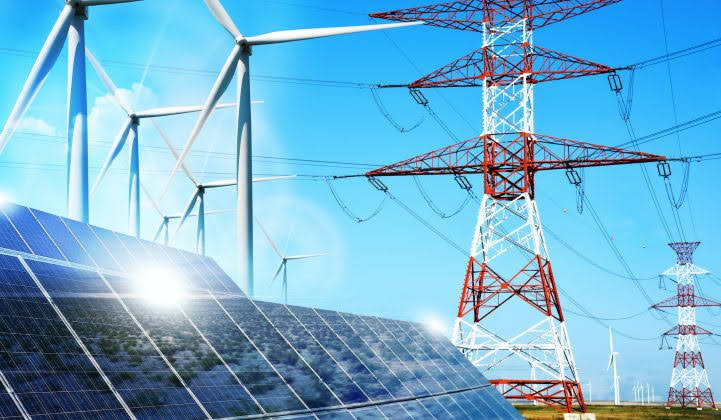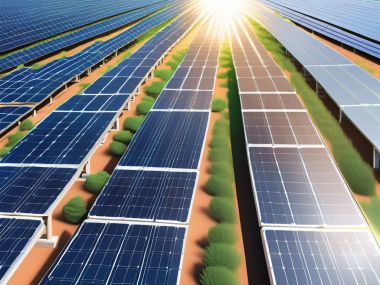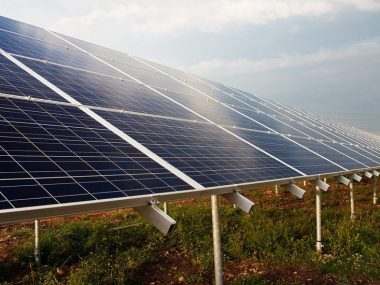Solar power has become a prominent solution as the world seeks to mitigate climate change and decrease reliance on fossil fuels. While solar installations bring about various environmental advantages, such as decreased greenhouse gas emissions and enhanced air quality, they also present potential ecological consequences that require careful examination. In this introduction, we will delve into some of the significant ecological implications linked to the establishment and functioning of solar installations. From the loss of habitats to water consumption and impacts on wildlife, comprehending these ecological considerations is crucial for fostering sustainable energy development and mitigating detrimental effects on the environment.
Solar installations can bring about a range of ecological consequences, encompassing both advantageous and detrimental effects. Below are a few conceivable ecological impacts:
Habitat Loss:
Large solar projects may necessitate the clearing of land, which could result in the loss of habitat for indigenous plants and animals. This has the potential to disturb ecosystems and put biodiversity at risk
Land Use:
Solar installations have the potential to take up a considerable amount of land, particularly in large-scale projects. This may result in competition with other land uses like farming or protected areas, resulting in disputes over land utilization.
Water Usage:
Certain solar installations, like concentrating solar power (CSP) plants, necessitate water for the purpose of cooling. The substantial consumption of water can exert pressure on local water supplies, especially in arid regions where solar installations are frequently situated.
Soil Disturbance:
Soil health and fertility can be negatively affected by installation activities, resulting in soil compaction, erosion, and disturbance. These activities can have a significant impact on the local plant and animal species that rely on healthy soil ecosystems.
Chemical Pollution:
The utilization, functioning, and upkeeping of solar panels may entail the utilization of chemicals that could result in environmental repercussions if not appropriately handled. For instance, the presence of hazardous chemicals in the manufacturing process of panels can potentially pose risks if they seep into the soil or water.
Visual Impact:
Large solar installations have the potential to change the visual appearance of an area, which may affect the scenic views and recreational spaces. This could raise aesthetic issues among nearby communities.
Wildlife Impacts:
Solar installations have the potential to impede the movement of wildlife, especially when they divide habitats or interrupt migration routes. Additionally, if not appropriately designed to reduce the risk of collisions, they can pose dangers to birds and other airborne creatures.
Climate Change Mitigation:
Solar energy plays a crucial role in combating climate change by decreasing the release of greenhouse gases linked to traditional energy production from fossil fuels. This not only helps in the long run by curbing the effects of climate change but also contributes to preserving ecosystems.
Opportunities for Biodiversity Enhancement:
Solar installations, when planned and maintained correctly, have the potential to offer chances for improving biodiversity. One way this can be achieved is by integrating indigenous plant species into solar fields, which can help in establishing habitats for pollinators and various other forms of wildlife.
Economic and Social Impacts:
Although solar installations may not have a direct ecological impact, their economic and social consequences can indirectly influence ecosystems. One example is the creation of jobs in the renewable energy industry, which can result in alterations to land use and urban development, subsequently affecting local ecosystems.
In summary, although solar installations are essential for transitioning to a cleaner and more sustainable energy future, they do come with ecological consequences. These consequences range from habitat loss and land use conflicts to water usage and wildlife impacts, all of which can have significant implications for ecosystems and biodiversity. However, through careful planning, sustainable design practices, and mitigation measures, many of these negative impacts can be reduced. Additionally, the long-term advantages of solar energy in decreasing greenhouse gas emissions and fighting climate change ultimately support the preservation and well-being of ecosystems globally. Therefore, while recognizing and addressing the potential ecological impacts of solar installations, it is crucial to acknowledge their role as a crucial element of a more environmentally responsible energy landscape.










